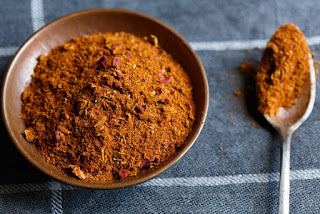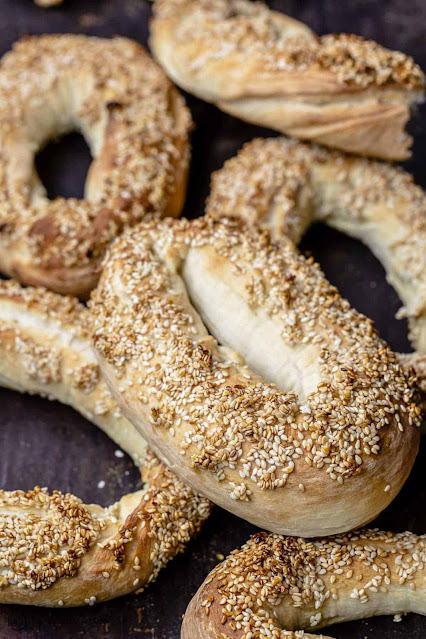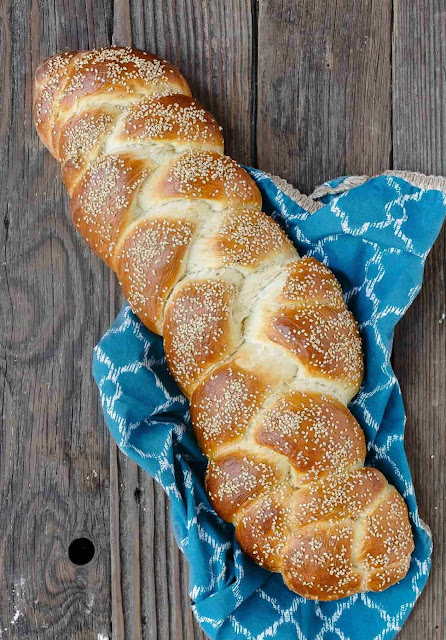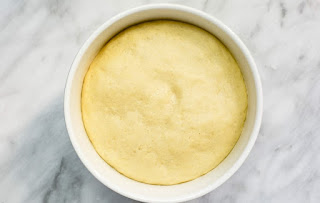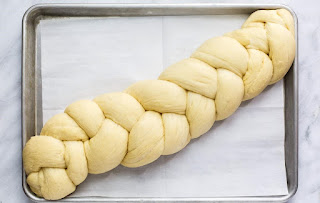These are the best Moroccan meatballs you will make at home Easy, bite-size skillet meatballs, grilled with just a little bit of extra virgin olive oil. But the draw is in big flavors from aromatics and warm Moroccan spices. Serve these meatballs in pita pockets with minty carrot salad, olives, and other fresh items. Or, use them as a little party appetizer.

For Morrocan Kefta Meatballs
- 1 small slice of bread, toasted and soaked in water or milk until soft
- 1 1/4 lb lean ground beef or ground lamb (or a mixture of beef and lamb)
- 1 small red onion, grated
- 2 garlic cloves, minced
- Small handful fresh cilantro, chopped
- 2 1/2 to 3 tsp Ras El Hanout spice blend
- 1/2 tsp ground ginger
- 1/2 tsp cayenne, more if you enjoy spicy
- Salt and pepper
- 3 tbsp extra virgin olive oil
For Shaved Carrot Salad
- 4 carrots, peeled
- 3 tbsp orange juice
- Extra virgin olive oil
- Salt and pepper
- Handful fresh mint leaves, torn (about 5 or 6 large leaves)
Option for Other Sides to Serve
- Cherry tomatoes, halved
- shallots or onions, thinly sliced
- Fresh parsley
- Marinated olives
- Tztaziki Sauce or plain Greek yogurt
- Pita pockets or flatbread of your choice
1. Make the shaved carrot salad first. Using a peeler, go ahead and peel the carrots into ribbons (or you can slice the carrots very thin sticks.) Place carrots and the remaining carrot salad ingredients into a bowl. Toss by hand to combine. Set aside or in the fridge for now.
2. If making other fresh sides to serve along, prepare those as well and save in the fridge. Toss the cherry tomatoes and onions with a little olive oil and lemon juice, if you like, and season with salt and pepper. Save in the fridge.
3. If using, prepare Tzatziki sauce but plain Greek yogurt is fine too. Save in fridge for later.
4. Prepare meatball mixture. Squeeze any liquid out of the bread and place in a large mixing bowl. Add the meat, onions, garlic, cilantro, Ras El Hanout, ground ginger, and cayenne. Sprinkle a generous pinch of kosher salt and black pepper. Using clean hands, mix/knead until meat mixture is well combined.
5. Divide the meat mixture into small meatballs. The size here is relative, but they're meant to be small bite-sized meatballs. Arrange the meatballs on a tray and cover. Refrigerate for 30 minutes (if you really don't have the time, you can skip this part.)
6. When you're ready, heat a cast iron skillet (or a frying skillet) over medium heat. Drizzle the meatballs with some extra virgin olive oil and cook in your hot skillet over medium heat for about 7 minutes or so, turning occasionally, until cooked through and charred. Do this in batches if needed.
7. Serve meatballs hot in pita pockets. Add the carrot salad and other prepared toppings in. Or, leave meatballs in skillet with the shaved carrot salad and other items on the side, let everyone decide how they'd like to enjoy them!
